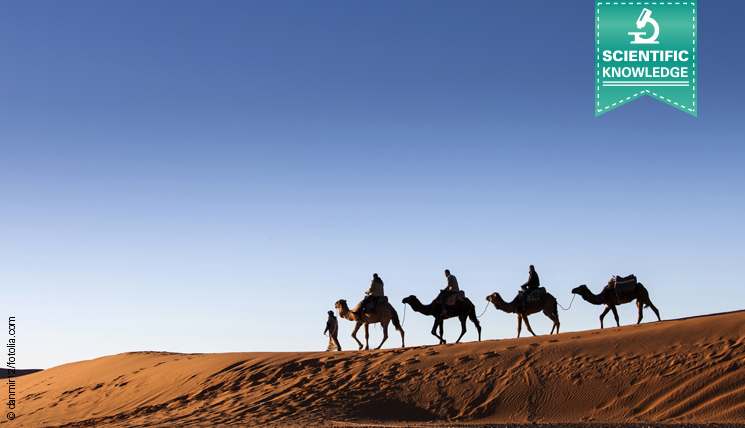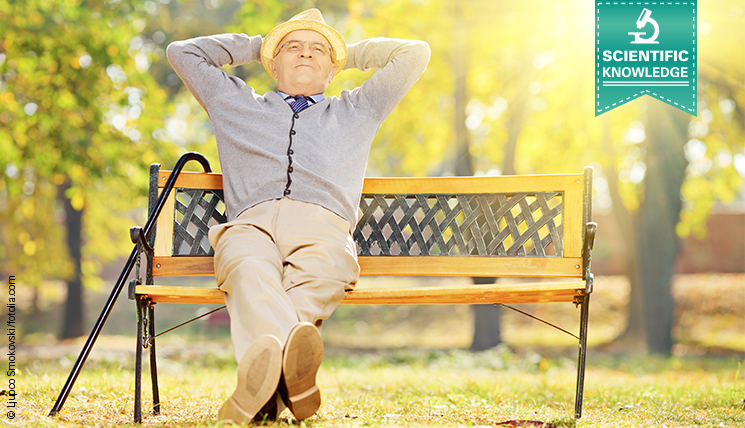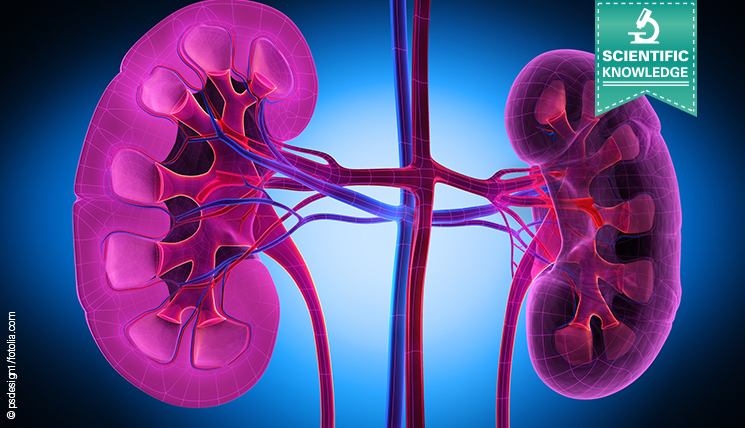Subclinical MERS infections found especially in camel workers
A large cross-sectional serostudy of blood donors in Saudi Arabia has revealed a significant number of subclinical infections with Middle East respiratory syndrome coronavirus (MERS), which pose a likely source of infection in previously unexplained outbreaks of MERS. Notably, the prevalence of antibodies against MERS coronavirus (MERS-CoV) was significantly higher in persons with regular exposure […]





